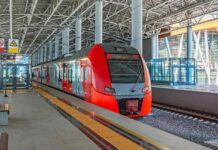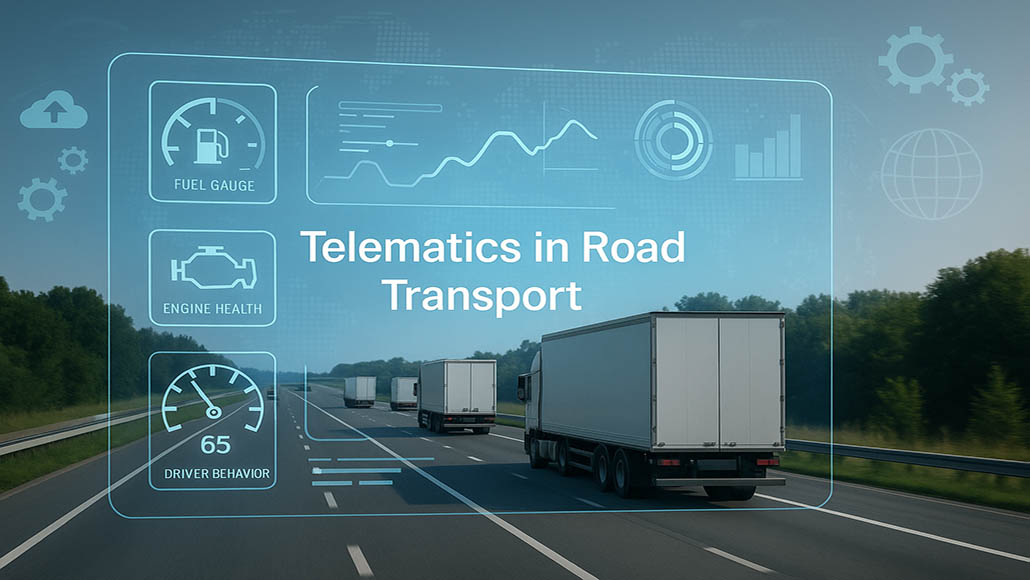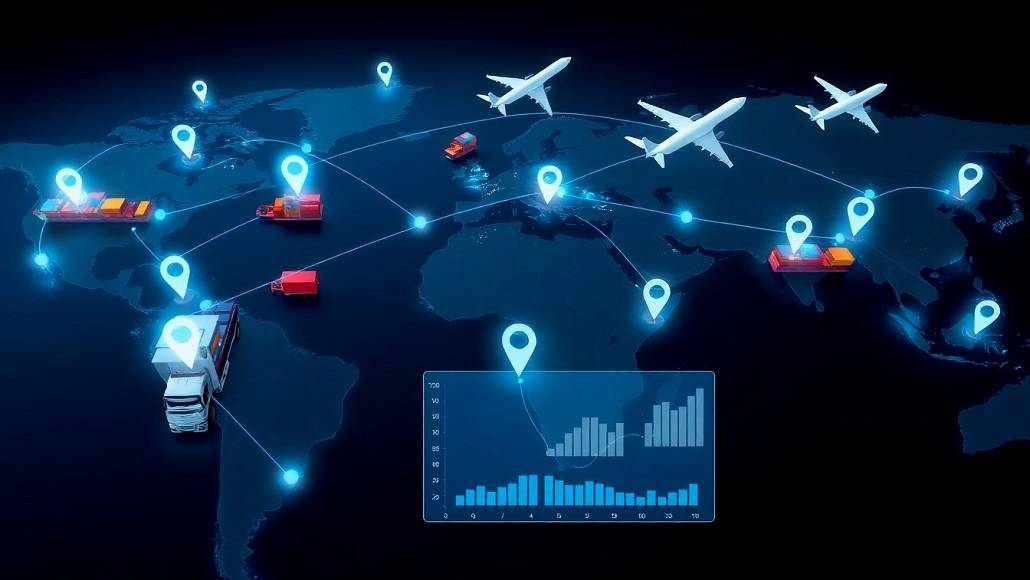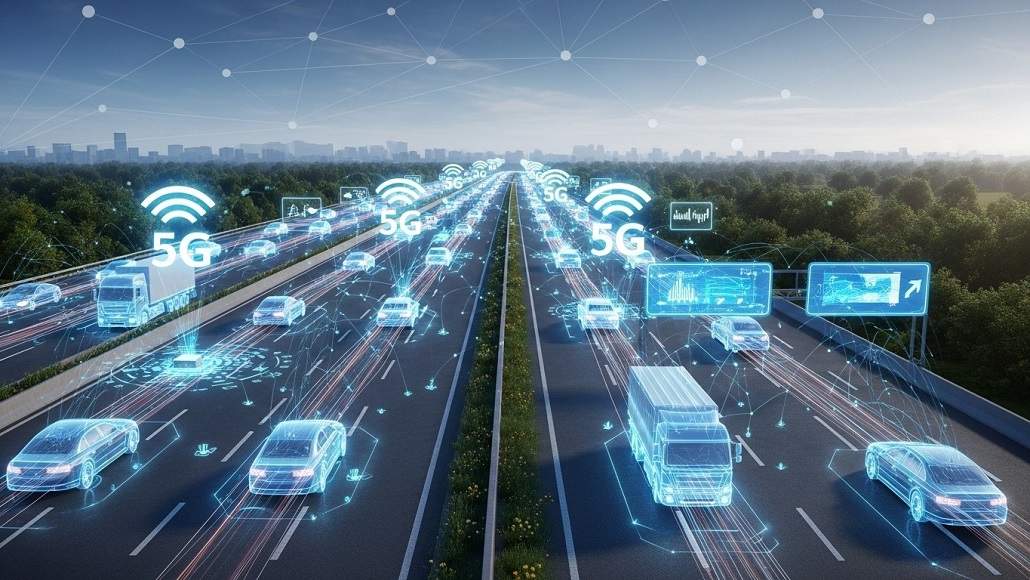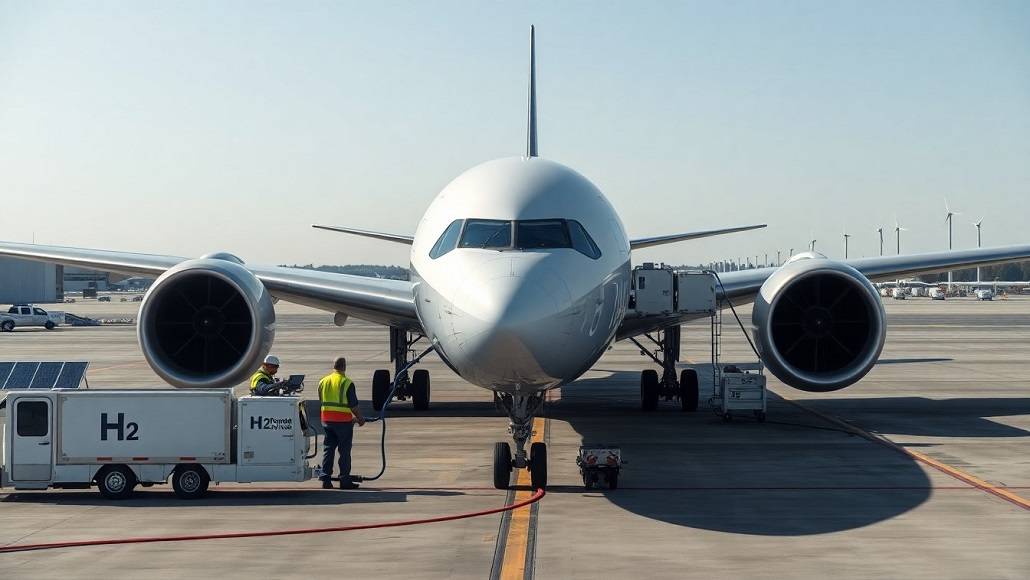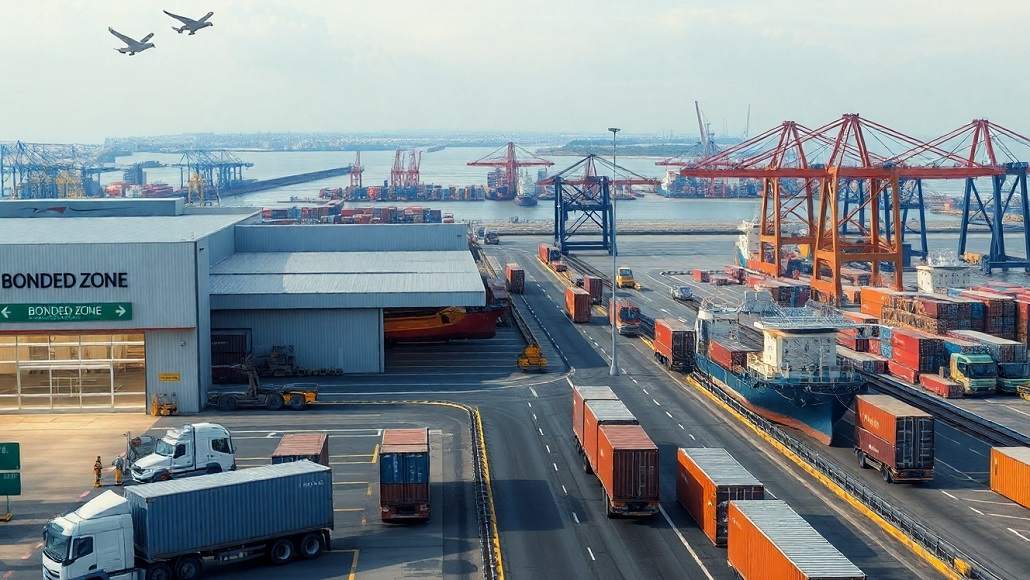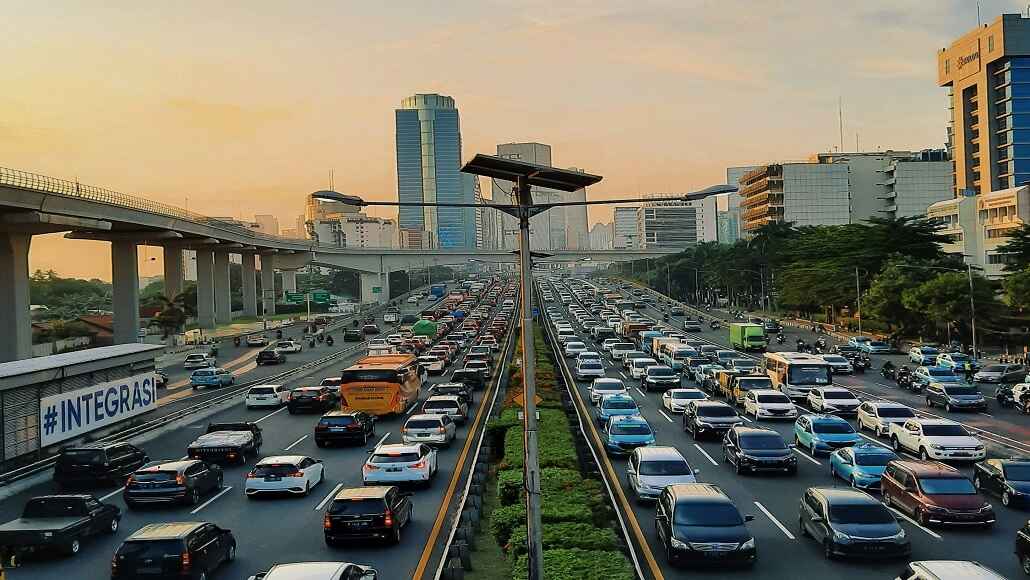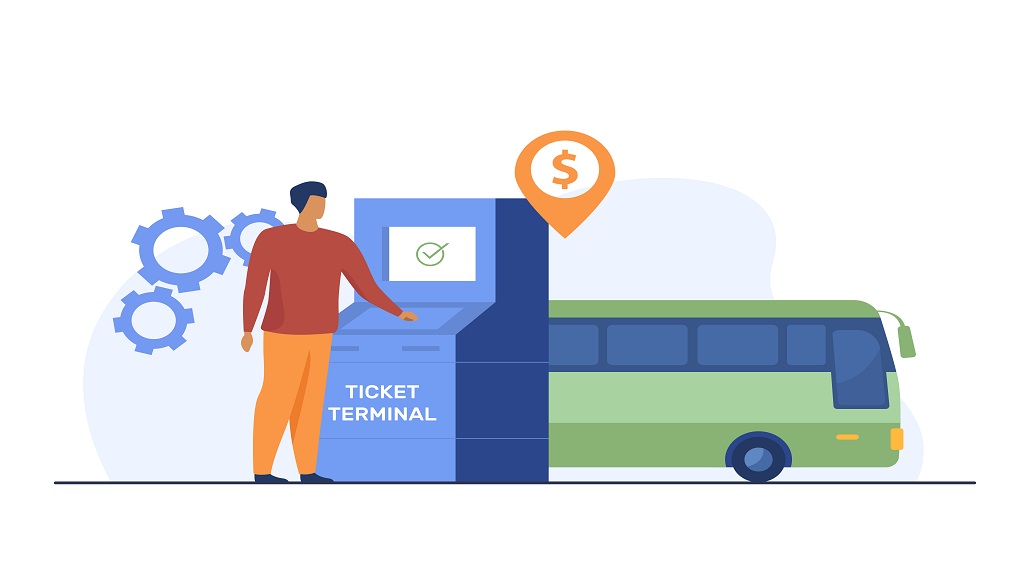Crowd Management in Public Transport Using Advanced Technology in Europe
Public transport is the lifeblood of Europe’s mobility infrastructure, connecting millions of urban dwellers and rural residents to workplaces, education centers, and social hubs every day. With its well-developed network of trams, metros, buses, and trains, Europe has long been a model of efficient mass transit. However, as urbanization intensifies and the number of passengers continues to rise, crowd management has become a critical challenge for public transport operators.
In 2024 and 2025, technological advancements have emerged as game-changers in addressing the complexities of crowd management. By leveraging cutting-edge innovations such as artificial intelligence (AI), Internet of Things (IoT) devices, predictive analytics, and real-time data solutions, Europe is redefining how public transport systems cater to growing commuter demands. These technologies are not only easing congestion but also enhancing safety, efficiency, and passenger experience.
The Growing Need for Advanced Crowd Management
Europe’s urban population has been soaring steadily, with projections indicating that by 2030, approximately 75% of Europeans will live in urban areas. As a result, public transport systems face the continuous pressure of accommodating rising passenger loads. For instance, pre-pandemic metro systems in cities like London and Paris handled more than five million daily passengers, and these numbers have rebounded post-2023.
In 2024, reports by the European Urban Mobility Observatory revealed that crowding during peak hours increased by 15% compared to 2023, despite efforts to expand services. Traditional crowd management strategies, such as adding more buses or increasing the frequency of trains, are no longer sufficient. With limited infrastructure and resources, cities are turning to advanced technology as a sustainable solution to minimize overcrowding and improve the commuter experience.
Artificial Intelligence for Real-Time Passenger Flow Optimization
Artificial intelligence has become a cornerstone of crowd management efforts in Europe’s public transport systems. AI-powered platforms are being deployed in several major cities to monitor passenger flows, predict congestion, and implement real-time solutions. By analyzing data from ticketing systems, surveillance cameras, and IoT sensors, AI algorithms can generate detailed insights into passenger movement patterns.
One of the most prominent applications of AI was seen in Berlin in 2024, where the city’s public transport authority introduced an AI-powered crowd prediction system for its U-Bahn network. This system uses machine learning algorithms to analyze historical data and provide real-time passenger density forecasts. These insights are shared with commuters via a mobile app, enabling them to plan their journeys during less crowded times. The initiative has been credited with reducing peak-hour congestion by 20% on some of the busiest lines.
Additionally, AI-driven crowd management systems are enabling dynamic capacity adjustments. In Copenhagen, introduced in early 2025, autonomous dynamic scheduling allowed metro operators to deploy additional trains or buses within minutes when crowding exceeded specified thresholds. This real-time adaptability has not only mitigated overcrowding but also improved service reliability.
IoT Sensors for Monitoring Passenger Density
The Internet of Things (IoT) has revolutionized the way transport operators collect and analyze data. IoT sensors installed in vehicles, stations, and platforms provide real-time information on passenger density, enabling operators to make data-driven decisions to optimize crowd management.
London’s Transport for London (TfL) network has been a pioneer in this domain. In 2025, TfL expanded its use of IoT sensors across the Tube and bus networks to monitor passenger loads. These sensors, integrated with AI platforms, allow the system to track real-time crowd levels and automatically reroute buses or recommend alternative lines to reduce bottlenecks. For example, during the 2025 London Marathon, IoT-powered crowd management systems successfully diverted thousands of passengers from overcrowded central stations to neighboring transit hubs, ensuring smooth operations during the event.
The scalability of IoT technology also extends beyond large urban hubs. Rural transit authorities in regions like Bavaria, Germany, have adopted IoT solutions to accurately monitor passenger loads on limited services, ensuring that buses and trains are deployed where they are needed most.
Predictive Analytics for Proactive Decision-Making
While real-time data is essential for responding to immediate crowding challenges, predictive analytics enables transport operators to anticipate problems before they occur. By analyzing historical data on commuter behavior, weather conditions, special events, and other factors, predictive models can forecast peak travel periods and recommend proactive measures.
Paris, with its extensive RATP public transportation network, successfully implemented predictive analytics as part of its crowd management strategy in 2024. The system analyzed data from festivals, sporting events, and holidays, allowing operators to adjust schedules, add temporary services, or deploy more staff in high-density areas. During the 2024 Paris Fashion Week, predictive analytics reduced average waiting times by 30% compared to previous years by ensuring adequate resources were allocated well in advance.
Predictive analytics also plays a vital role in managing disruptions. Whether due to strikes, technical malfunctions, or weather-related issues, disruptions can lead to sudden surges in passenger numbers at certain stations. Predictive systems in cities like Stockholm and Zurich are now capable of automatically issuing alerts, rerouting services, and providing passengers with alternative travel options to minimize delays and overcrowding.
Digital Ticketing and Passenger Information Systems
Digital ticketing systems have become indispensable tools for modern crowd management. By providing real-time data on passenger entries and exits, these systems offer unparalleled insights into commuter behavior. Furthermore, they enable operators to implement dynamic pricing mechanisms, incentivizing off-peak travel to reduce congestion during peak hours.
In 2024, Amsterdam introduced a revamped digital ticketing platform integrated with AI and IoT technologies. The system provides passengers with personalized notifications about the busiest times and suggests alternative routes. It also offers discounts for traveling during off-peak hours, successfully redistributing passenger loads across the network. A study conducted in 2025 revealed that off-peak travel increased by 18%, significantly easing peak-hour congestion.
Passenger information systems, complemented by intuitive mobile apps, are equally critical for managing crowds. Real-time updates on delays, platform changes, and occupancy levels empower passengers to make informed decisions, thereby reducing stress and enhancing the travel experience. Cities like Milan and Barcelona have introduced AI-enhanced apps that provide precise occupancy data for each train or bus, allowing passengers to choose less crowded options.
Ensuring Safety and Emergency Preparedness
Crowd management is not just about improving efficiency—it is also a matter of safety. Overcrowded platforms and vehicles increase the risk of accidents, particularly during emergencies. Advanced technology is playing a pivotal role in enhancing safety protocols.
In 2025, Madrid’s public transport system introduced AI-powered evacuation management tools. These systems use real-time crowd density data to guide passengers to safety in the event of emergencies such as fires or train breakdowns. Digital screens installed in stations provide step-by-step instructions, while mobile apps send push notifications with tailored evacuation routes based on passengers’ locations.
Surveillance systems integrated with AI are also enhancing safety in crowded environments. In Brussels, AI-powered cameras in metro stations can detect unusual movements or behaviors that may indicate potential security threats. These systems automatically alert authorities, ensuring swift intervention before incidents escalate.
Challenges and Future Prospects
While advanced technology has revolutionized crowd management in Europe’s public transport, challenges remain. The implementation of AI, IoT, and predictive analytics requires significant investment, making it a barrier for smaller cities with limited budgets. Data privacy concerns are another critical issue, as the collection and analysis of passenger dat99a must comply with stringent EU regulations under the General Data Protection Regulation (GDPR).
Nevertheless, the potential benefits far outweigh these challenges. In the coming years, the integration of technologies such as 5G, blockchain, and autonomous vehicles is expected to further enhance crowd management capabilities. For instance, 5G networks will enable faster data transmission, ensuring real-time responsiveness even during peak loads.
Cross-border collaboration is also on the horizon. In 2025, the EU announced plans to develop a unified digital platform for crowd management, allowing operators to share data and best practices across member states. This initiative aims to create a seamless travel experience for passengers using multiple transport networks in different countries.
Conclusion
Crowd management in public transport has evolved into a sophisticated science, driven by the innovative use of advanced technology. As Europe grapples with rising commuter demands and urbanization, the integration of AI, IoT, predictive analytics, and digital platforms is revolutionizing how cities manage crowds. From improving passenger flow and safety to enhancing sustainability and operational efficiency, these technologies are redefining the future of public transport.
The progress made in 2024 and 2025 signifies a new era of intelligent, data-driven mobility. As Europe continues to lead the way, its advanced crowd management strategies offer a blueprint for cities worldwide, ensuring that public transport remains a sustainable and accessible solution for generations to come.


